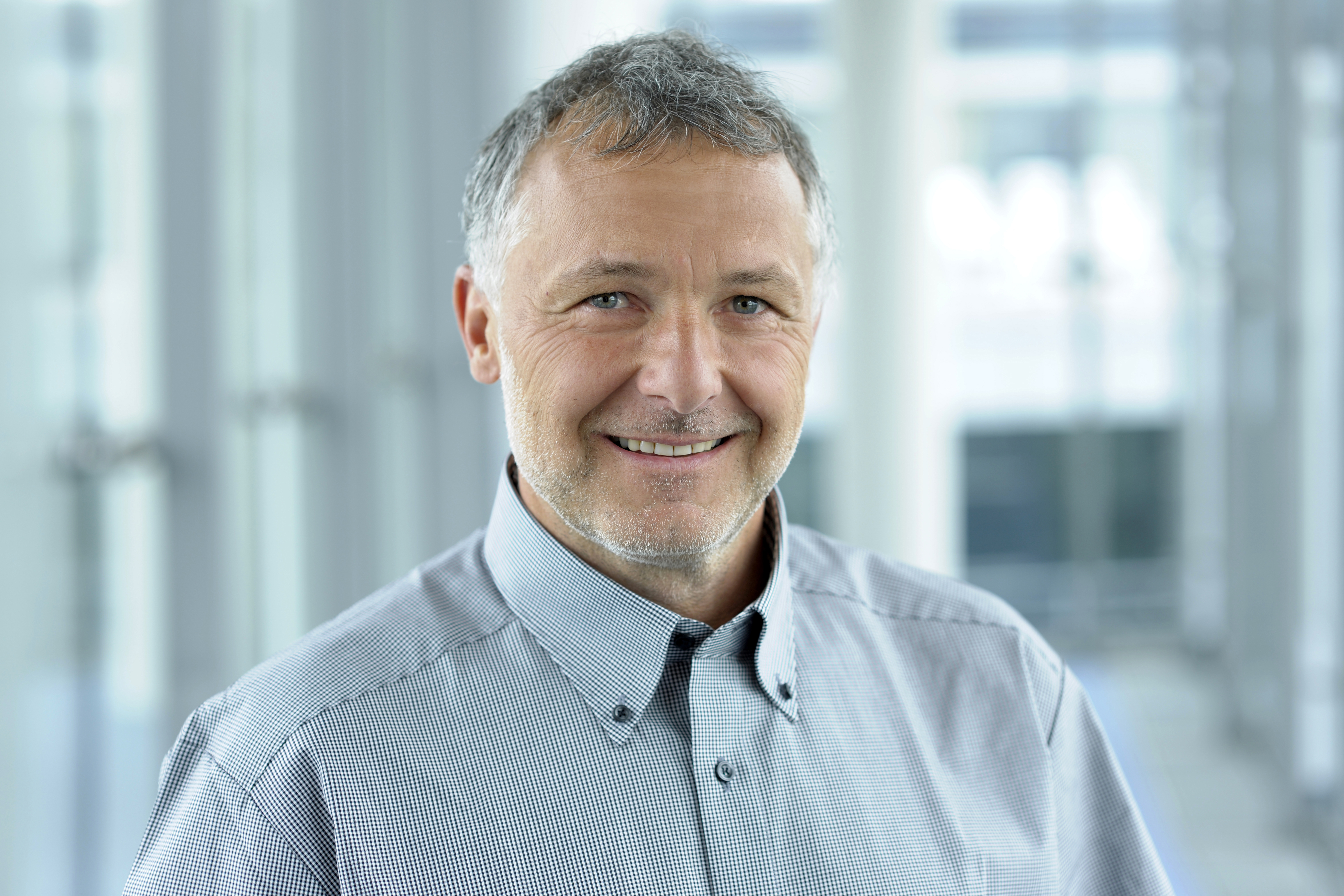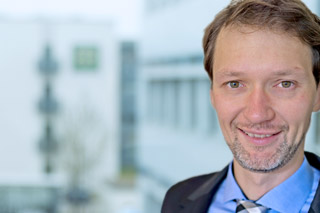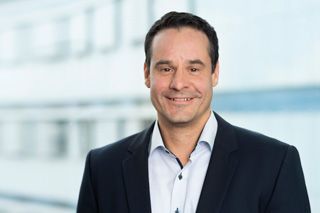Growing numbers of connected applications seem to be the opposite of sustainability. But the innovative and energy-saving RFicient® chip demonstrates that they can go hand in hand, opening up new options for networking for sensor nodes. Find out what makes this possible in the following feature.
A 99 percent reduction in power consumption: How the RFicient® chip is revolutionizing the Internet of Things
May 18, 2022 | The award-winning RFicient® chip combines economic and sustainable efficiency.
RFicient® combines low power consumption with quick response times.
The fact that devices are becoming more and more connected is expected to significantly increase carbon emissions. Fraunhofer IIS, with its focus on micro- and nanoelectronics, must therefore expedite the development of solutions that are as energy-efficient and resource-conserving as possible. The RFicient® chip, which recently won the Joseph von Fraunhofer Prize, is a good example.
It adds a wake-up receiver to conventional sensor nodes and puts all connected components into sleep mode. Extremely short switch-on times reduce power consumption by 99 percent, while fast signal processing and quick transitions between active and inactive phases ensure short latency times, guaranteeing a response in real time. This combination of quick response times and high energy efficiency is one of a kind. Thanks to this low power consumption, a simple button cell can last up to ten years. Not only is this advantageous in terms of sustainability, but it also makes the technology more economically viable: the receivers can now be made smaller and more cheaply and require less maintenance, which reduces costs.
The chip has many possible applications: one scenario that shows off the receiver to its best advantage is one dealing with two objects that approach and move away from each other, for instance when tracking and locating objects. Tracking can be useful for keeping tabs on objects and transport systems in production and logistics, for instance, but it can also help locate objects in everyday life. The chip’s many possible applications are indicative of the number of potential IoT devices and systems that may utilize it in the future. The RFicient® chip captures the spirit of the times in two ways: it promotes sustainability while opening up new possibilities for the Internet of Things.
Here is what the developers and the division director have to say about the RFicient® chip:

Saving resources was part of the design brief right from the start
Fourteen years ago, when I came up with the basic idea for the RFicient® chip, sustainability didn’t yet feature as prominently in the public debate as it does today. However, when it came to developing the chip, the question of how to manage the balancing act between low power consumption, short latency times and a long life span was at the forefront of our minds from the get-go. We set out to develop a chip that, surprisingly enough, didn’t yet exist despite its many potential applications. We saw a gap in the market and hit the bull’s eye with our chip, which is now finished and ready for production. Sustainability, in the sense of efficient use of resources, was already an issue at the early stages of engineering.

RFicient® saves energy and offers great potential for process optimization and recycling-loop integration
Sustainability is very important to me personally: a smaller battery means smaller size, which means less plastic and metal. My biggest hope, though, is that end customers will use our wake-up receiver as a building block in IoT nodes in a way that ecologically optimizes processes and saves resources, for instance by using them in maintenance to monitor wear and fatigue.

The technology’s longevity opens up new application fields and possibilities
The energy-saving chip opens up many fields of application that used to be inconceivable due to the severe limitations caused by a two-day battery life – to exaggerate somewhat. The high longevity of the chips makes it possible to reconsider a variety of use cases and to look into radio applications that used to be out of the question. What motivates me and my colleagues are the many opportunities and possibilities the RFicient® chip still has up its sleeve. On top of that, I really enjoy being able to work out new ideas and solutions at Fraunhofer IIS, with its fantastic atmosphere.

For us, sustainability and economic viability go hand in hand
The RFicient® chip is a great example of sustainability and economic viability coming together: according to a current statistic, the total number of IoT nodes will double from 40 billion to 80 billion over the next three years. The trend is set, and it’s one that we neither can nor want to stop. However, we do intend to make such developments more sustainable. Our contribution to this is twofold: we help save energy and resources.
Here’s a simple model calculation: let’s assume that RFicient® will be used in ten billion IoT nodes, in which case radio transmission from the sensor will require only 5 microamperes instead of 100 microamperes. This is equivalent to an annual saving of 25 gigawatt-hours, or the annual energy consumption of 10,000 households – just for radio transmission. And the fact that the batteries need to be changed much less often saves resources and reduces maintenance costs as well as outage times. This way, sustainability and economic viability go hand in hand.
